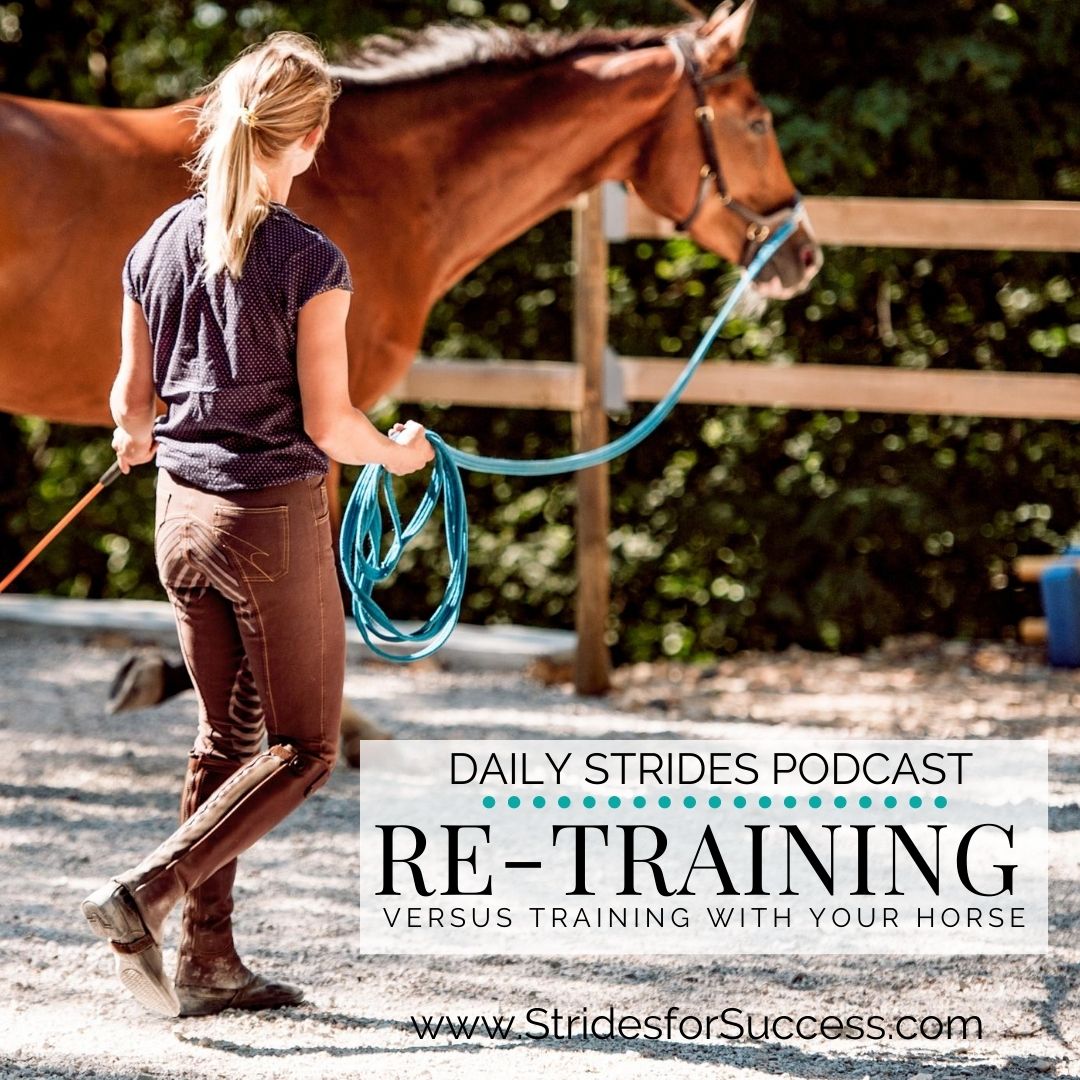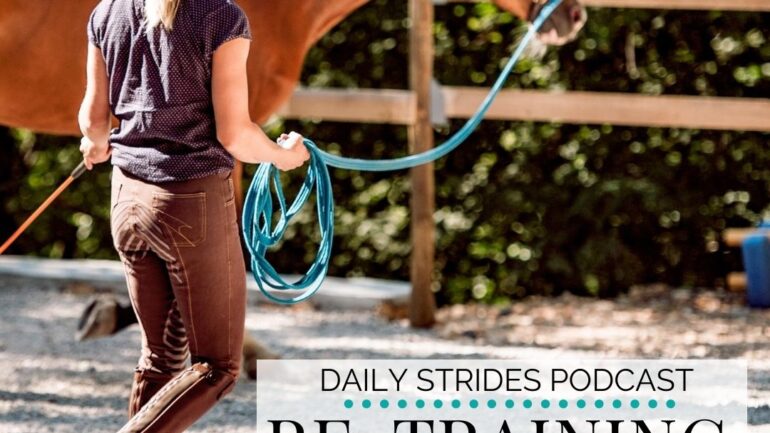You have a unique language as a rider. A unique way that you do things when you are with your horse, both on the ground and in the saddle. In fact, every single other rider in the world also has their own unique language. Which is great; special snowflakes and all that.
The trouble starts when your horse learns someone’s unique language; someone other than you…
Once a horse has learned to do something or to associate a specific action with a specific response, it requires consistent diligent attention from the rider to retrain the horse. Retrain the horse to their way of doing things. And this is important. Failing to retrain your horse will result in mixed results, frustration, and eventual resentment for both horse and rider.

You have your own unique way of doing things. It is not your horse’s fault when he does not understand your unique way. It is your responsibility to teach him how to understand your unique way.
Different Languages
Have you ever tried to communicate with someone who does not speak your language? No comprehension at all of what you are saying. If you have, you will know that you can, on some level, get the basics across. Gestures, grunts, wild charade movements, and the odd shared word or two. It’s not perfect, but if it is something basic, you can find ways to get your point across.
One of the easiest ways to imagine this is to think about your horse speaking a different language to you. You have the language that you are fluent in. And he has his, which is very different from yours.
And the challenge with different languages that neither person understands the other one comes down to one simple fact. With enormous effort, you might just be able to get the basics understood, but that is as far as you can go. It is simply impossible to get more detailed aspects or nuanced points communicated in any sort of fluid or timely way.
Failing to retrain your horse to your language and ways will result in you both remaining stuck on the basics for a very long time; sometimes forever.
1 . Identify Your Rules for Retraining
I know, it sounds so strict! However, whether you realize it or not, you have rules when it comes to working with and begin with your horse. I can bet him not standing on your toes is one of them! However, unfortunately, many riders don’t clearly define their rules. In fact, they only really begin to think about rules when someone (or some horse) pushes up against them or breaks them!
Every single frustration you have with your horse is because your horse is breaking a rule you have created in your head. EVERY SINGLE FRUSTRATION.
When you become clear on what you want and what’s allowed, you can begin thinking about how you can clearly communicate this to your horse. Remember, your horse has a different set of rules that, up to this point, he has been trained to adhere to. That list (if you can imagine them as a list) will NOT be the same as your list!
Knowing what you want is key to then begin retraining your horse to respond to your cues in order to make it happen.
2 . Use What Your Horse Already Knows
A horse is a horse, is a horse, is a horse… Meaning that most disciplines, training, and methods will have some similar touchpoints which you can use to really begin communicating with your horse. As soon as your horse has been trained by someone to do something, basic aids have been used. You can use this to your advantage when retraining your horse.
Use what he already knows to reframe how he responds to your unique aids
Most horses are accustomed to pressure (and, maybe even release). Meaning when you apply pressure, he must respond. I would suggest supporting pressure with your voice aid. This is something you can begin working on from Day 1. On the ground or in the saddle.
Use your basic aids, including your voice, to reward or correct everything you ask of your horse
3 . Begin Training Your Horse
Once you have the basics established with regards to your unique language, you can begin turning your attention to training. This is introducing new questions that your horse has never been asked before. This is where you want to take the conversation with your horse.
Training is refining the basics of your unique language so that both you and your horse can begin developing together
In order for you to move from re-training to training, your horse must become fluent in your basics. If not, you will soon see that while you might be able to duct tape a few things together initially, as soon as pressure is applied things soon begin falling apart.
Which is why investing time correctly retraining your horse to your ways is essential if you want a long term, happy and fun partnership
And remember, as you work on training your horse, there will be times when something shows up and needs retraining, either for the first time, again or further. It is a process that is ongoing with all horses because your skills should be improving and upgrading over time as well.
Happy Riding
Lorna
Additional Resources on This Topic:-
-
-
- Re-Training Your Horse Using Lunging
- 4 Essentials for Getting Started with Lunging
- Where is the Beginning with Your OTTB or Ex-Racehorse?
- Creating a Re-Training Program for Your OTTB or Ex-Racehorse
- Lunging for Riding
- Daily Strides Podcast
- Free Online Community for Equestrians focusing on Mindset
- Free Online Community for Equestrians re-schooling or re-training horses
-

